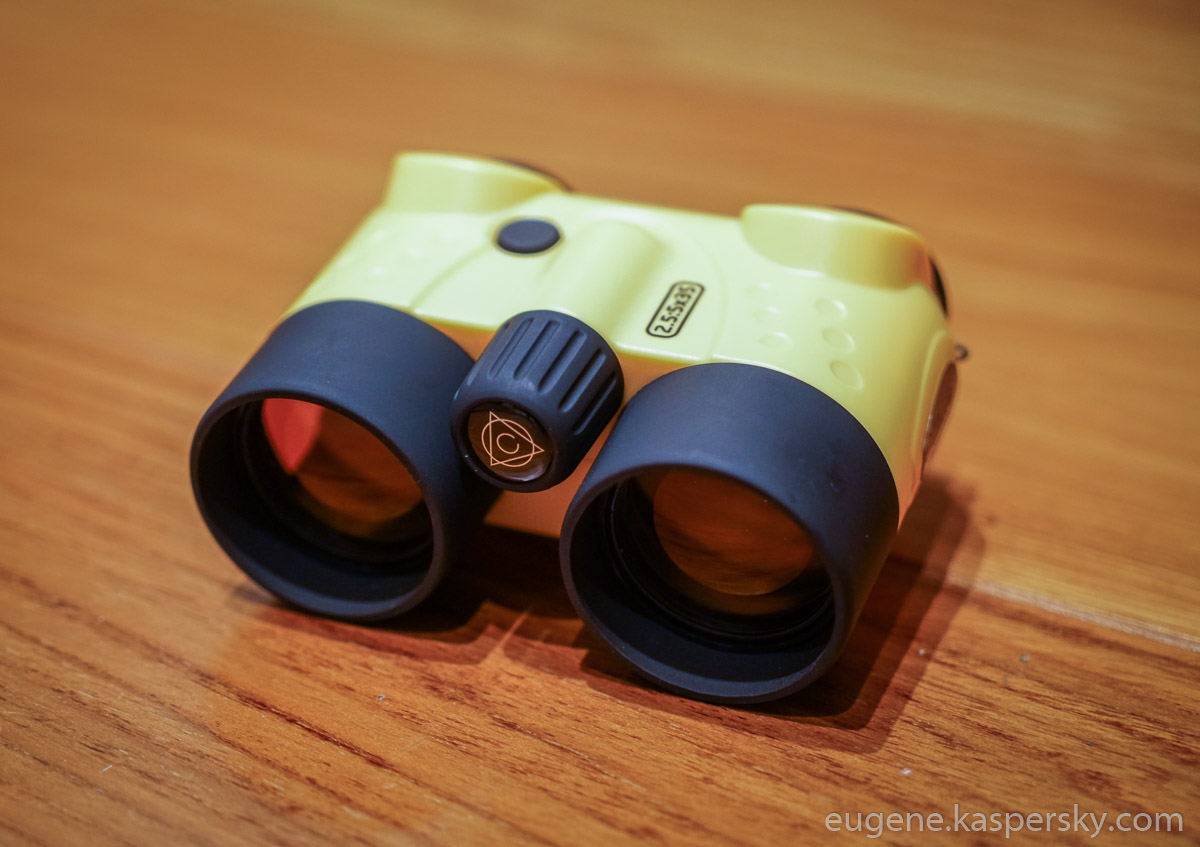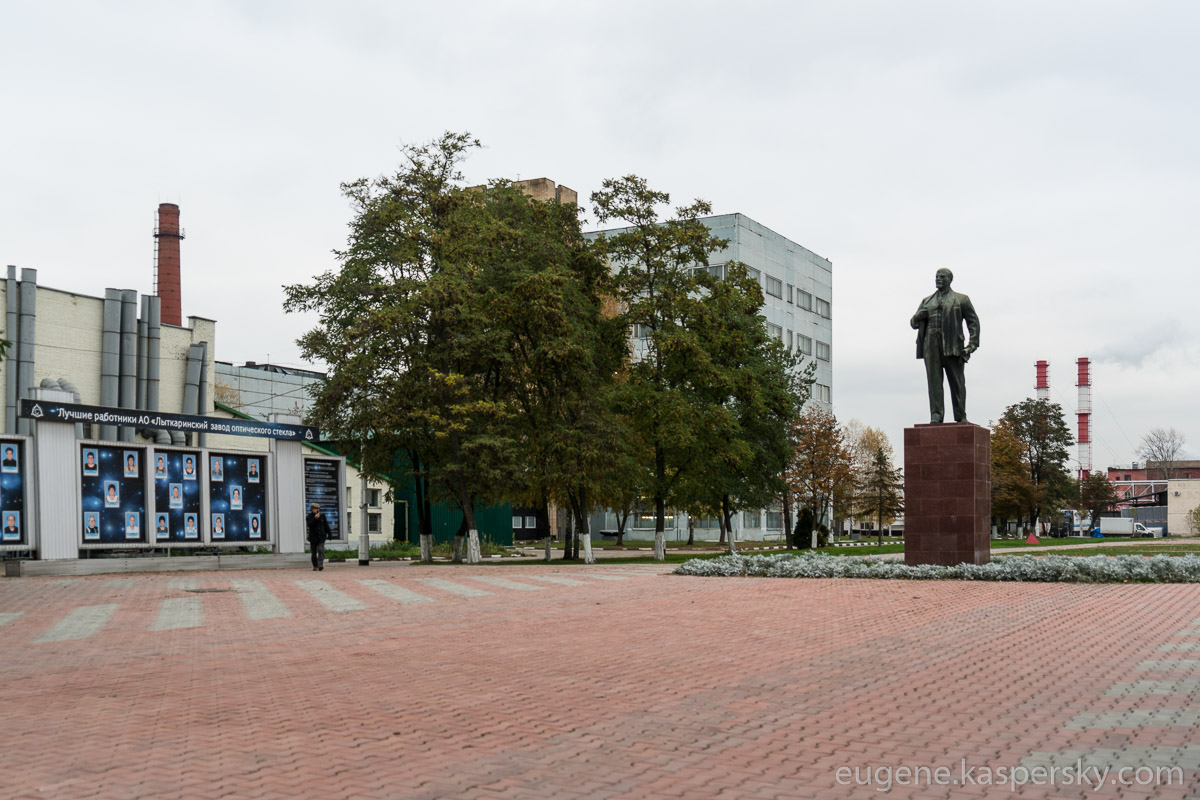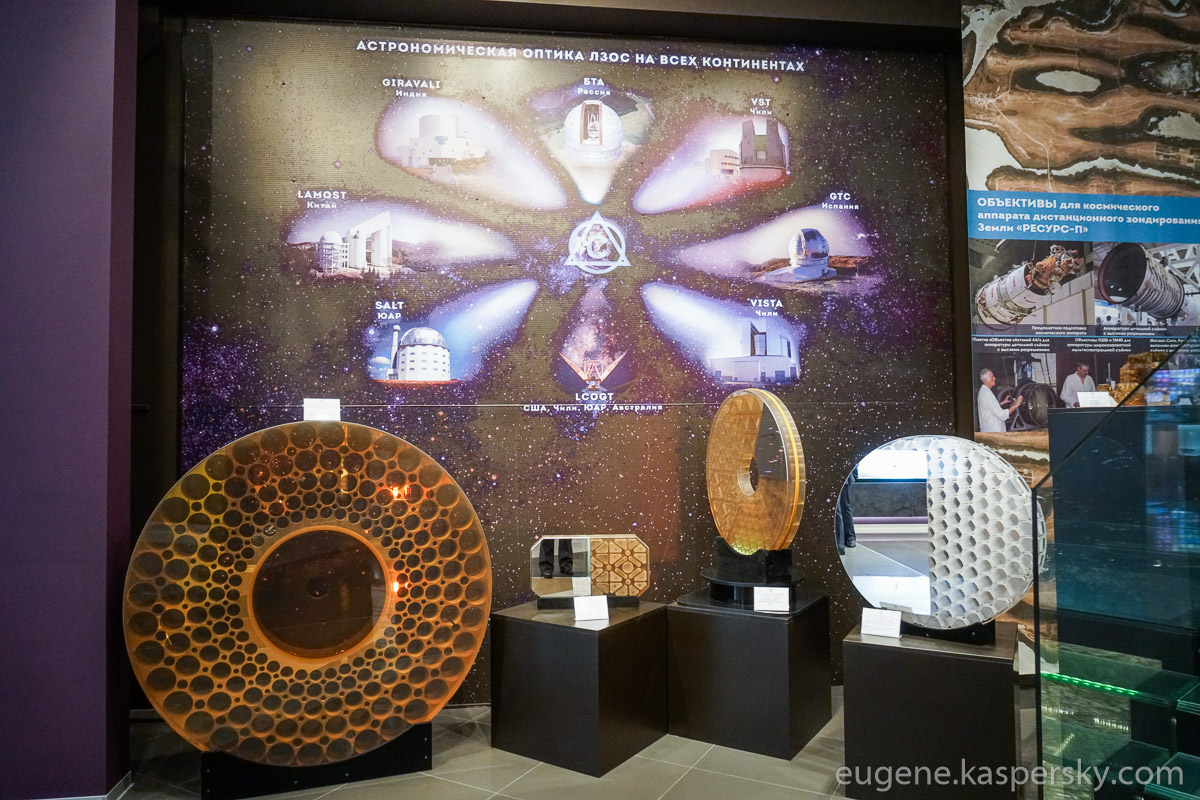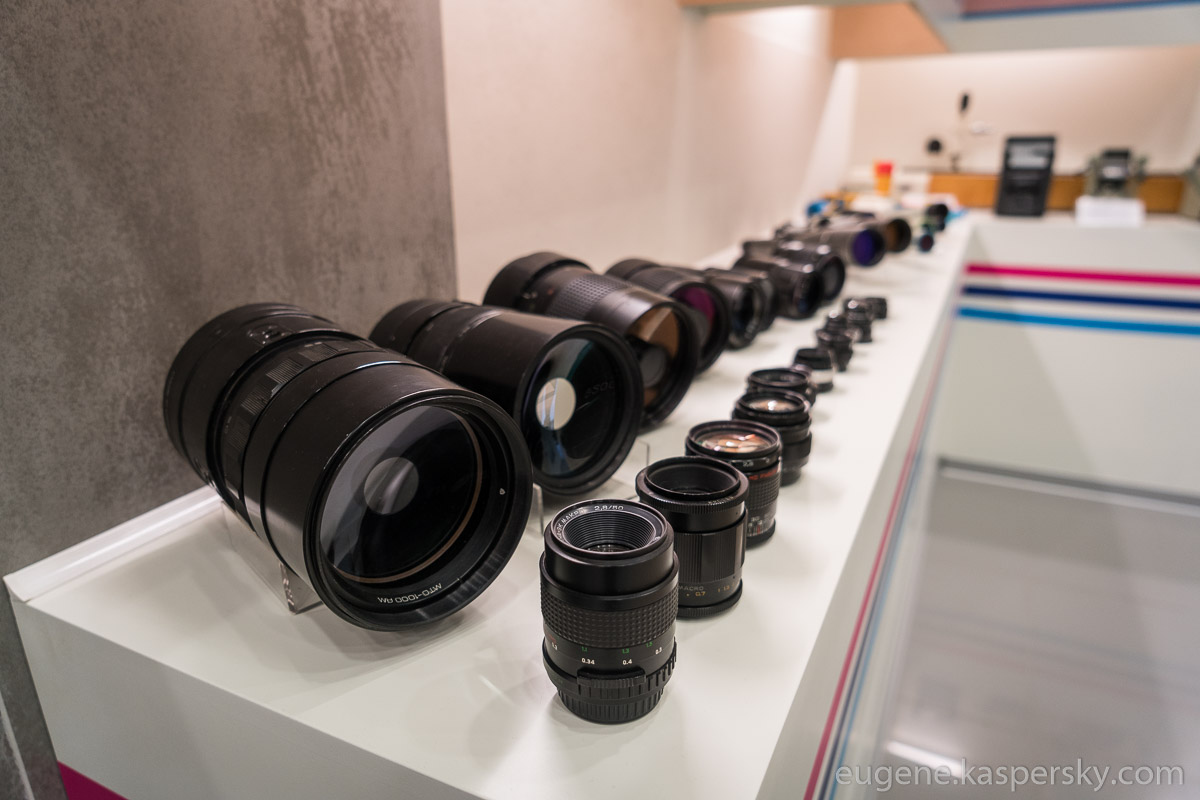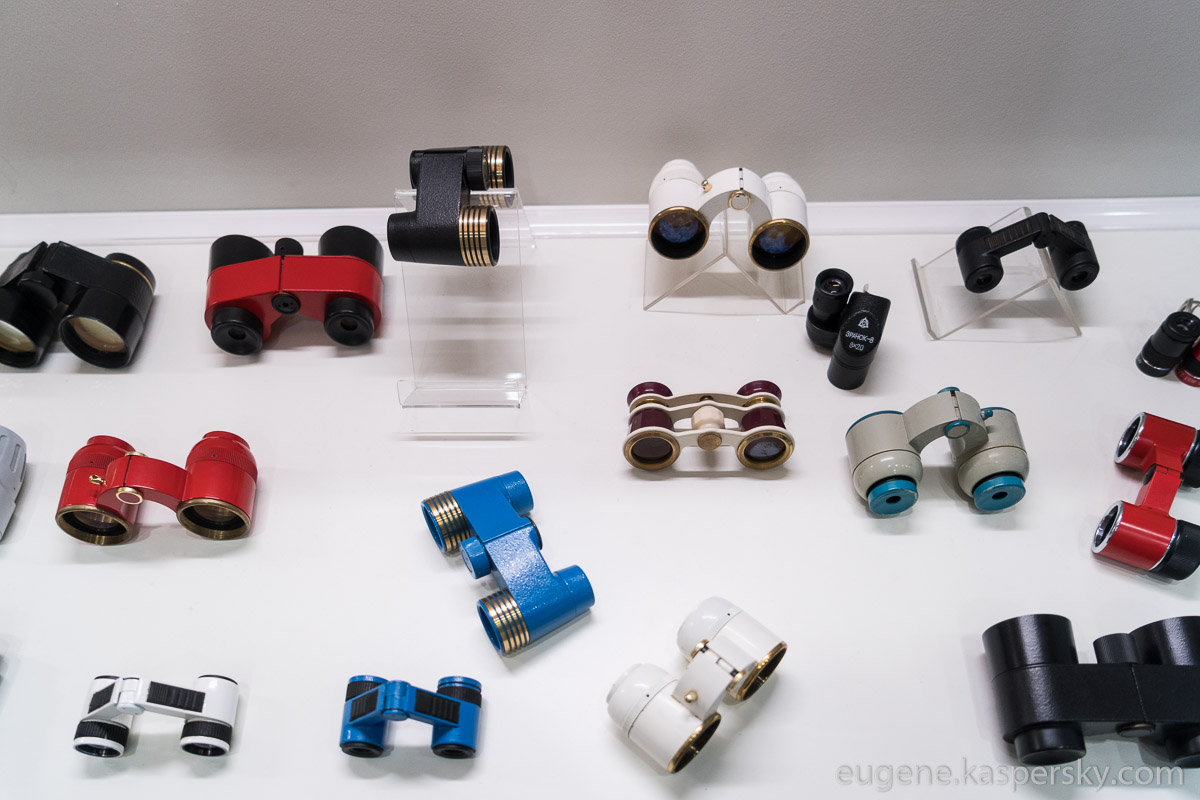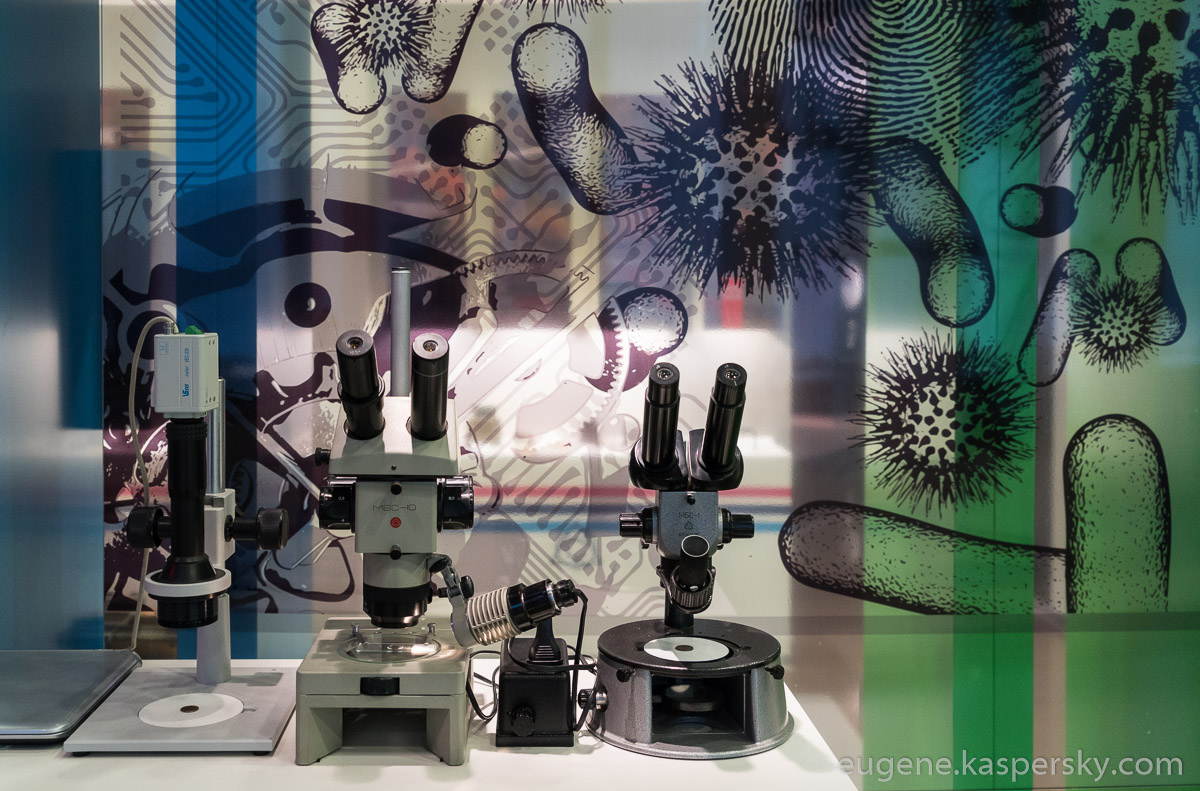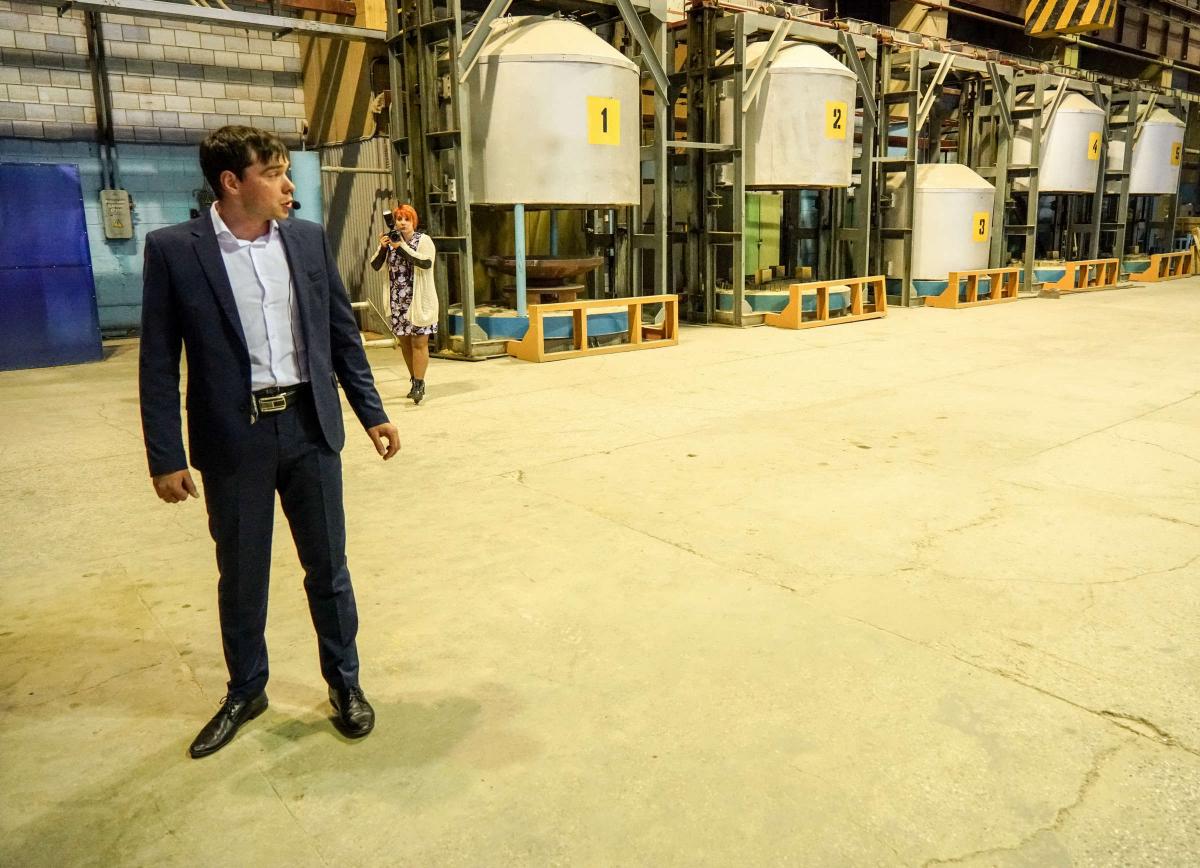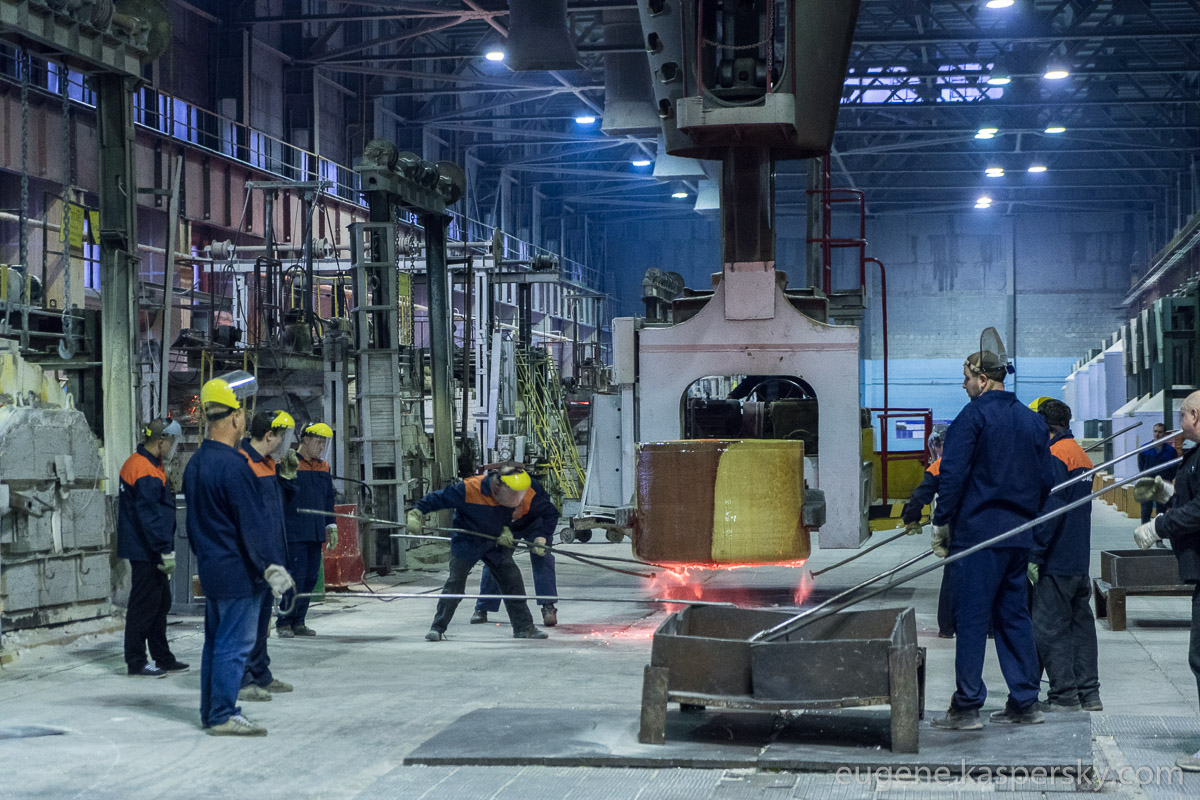October 24, 2016
Industrial, Optical, Theoretical, Expositional.
This is a pair of very good binoculars for everyday usage. You never know when you might need to get a closer look of a mysterious object on the horizon, or check out what’s going on down by the entrance to your high-rise apartment block, or suddenly find yourself in a theater…
I’m no binoculars expert. But I don’t have to be to like using a pair. But that pair has to be a good pair. Can’t be having a pair that are tricky to adjust, that give an unclear image, and that don’t fit the eye sockets well. But with this pair was none of that. Clear, large images when looked through – you think you can touch the scene with your hand! When something 10 meters away is viewed, it feels like it’s right in front of you. A colossally class piece of kit:
// I wonder where you can buy a pair and how much they cost?
I still don’t know the answers to those two questions, since I was given a pair as a gift in the town of Lytkarino in the Moscow region – namely at the town’s optical glass plant, where they make the lenses for such binoculars. Here:
Unique bit of manufacturing!
The plant was built in the late 1930s to make projector mirror-reflectors. Later on there was a frenzy of adoption of German technologies, the plant’s own innovations and manufacturing of fiberglass right up to the sixties. It produced the mirrors used in the Byurakan Observatory in Armenia – also in the sixties (I was there not long ago), plus the six-meter mirrors used in the BTA-6 telescope (more about that below).
Today the Lytkarino plant produces specialized glass for all sorts of different professional purposes, including: telescopes, microscopes, photography and video equipment, medical optics, military instruments and more. There’s also a museum showing off all produced wares.
Different types of glass, different forms of glass, different colors of glass:
A section on special glass for use in space:
These pieces are genuine lenses that were actually used in space; one of them – three times!
Since the plant makes unique pieces which no one else in the world knows how to make yet, it’s expanding internationally. Makes sense: all the specialized manufacturing kit: here already; all the specialized manufacturing processes: here already. So the investment savings can be considerable.
Assorted civil production:
Woah! Binoculars! Only, I don’t see mine…
Hmmm, not corporate green. Pity. Often it turns up in camouflaged versions of stuff – not this time.
Biology, noxious viruses and bacteria and other medical purposes – they all need specialist optics…
The following pics aren’t from the museum. They’re from the showroom of special-application glass – like radiation-protective glass!
It was here I first heard the name ‘Shvabe’. Here lies a long interesting story about western immigrants in Tsarist Russia. A story of both success and tragedy. It can be said that Russia became industrialized thanks to those immigrants. Other emigrants went the other way of course – to the USA. But I digress. That’s a different story, one that won’t fit in here.
There’s also a special children’s room here where most everything is explained in detail – not just the usual ‘look at this, kids’. Children get told about wave refraction formulas, the visual axis, and a lot more.
And while I was in the kids’ room my travel companion, V.B., went a-snapping with my camera. Not of formulas and waves and optics but… of herself (the selfie generation?:) – in a room of mirrors. Not bad pics at all :).
Next up we went on an excursion of the plant. Three warnings were drummed into us beforehand:
- The glass is very sharp. VERY sharp. No touching! Or, at least wear gloves if you’re the tactile sort.
- The glass can be very hot. VERY hot. If you want to touch something – first… spit on it! If it spits back – yes, bad idea touching anything. But if you really must – wear special heat-resisting gloves (I’ll pass, thank you:).
- This is a non-stop production line. Keep this in mind if you fancy getting close to the moving parts: the glass won’t look any better if you’re featured ‘in’ it :).
Here’s our guide:
Very professional, interesting and safe: I recommend a visit if you’re ever in the Moscow Region :). He had a loudspeaker attached to him so as to be heard over the unsurprisingly loud working processes. I didn’t quite work our why he needed to be in suit. It seemed so incongruous. Maybe it’s just me…
I’ll finish here for today folks. I’ll save my report on the production line for my next post.
Have a nice weekend!…

